
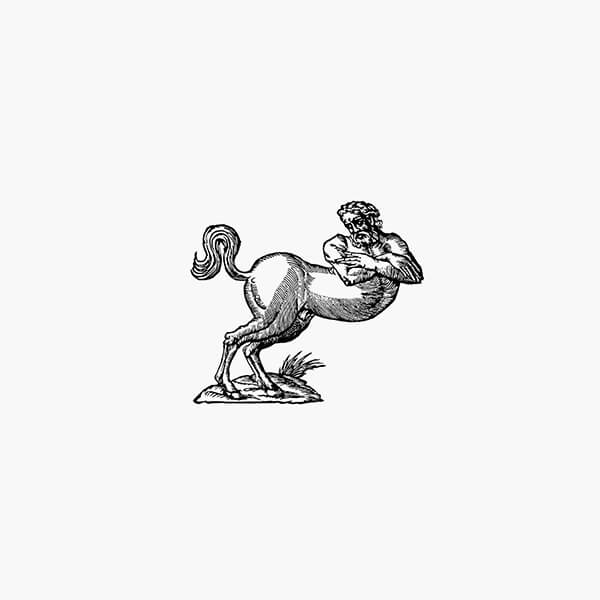
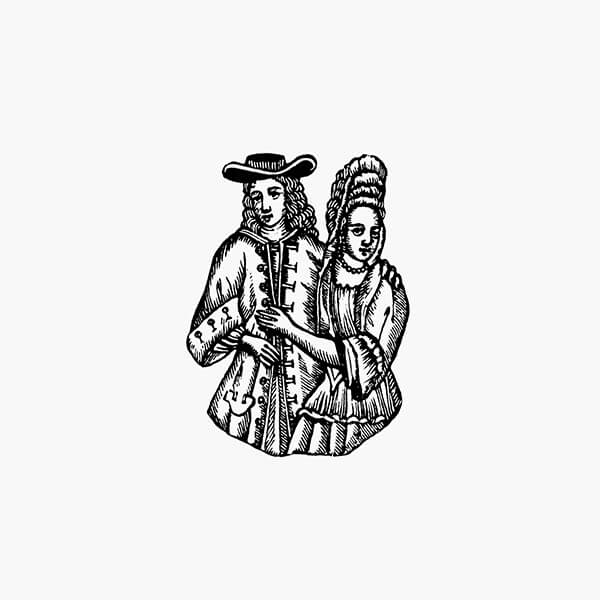
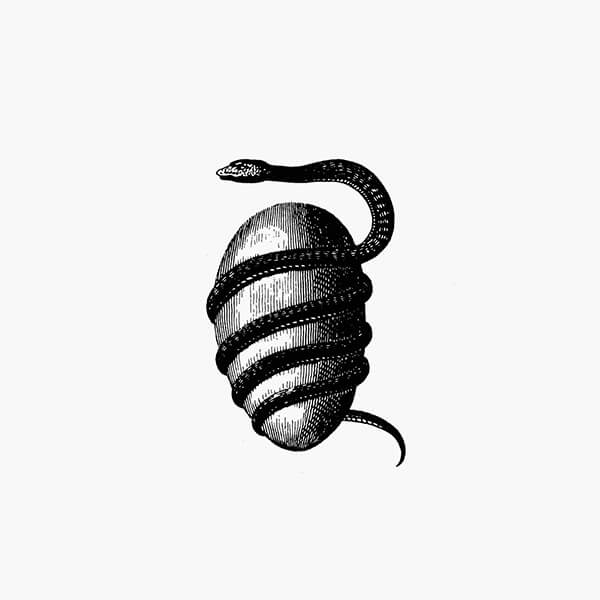

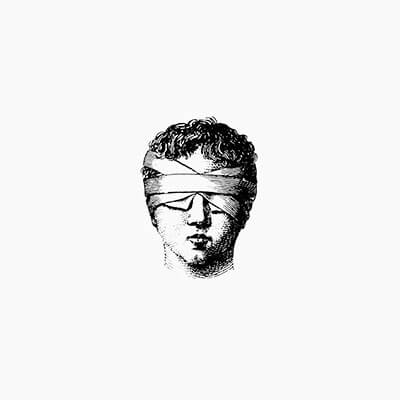





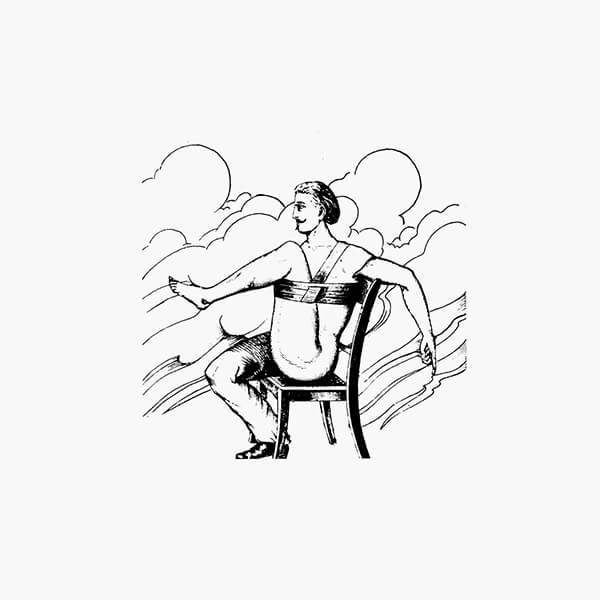
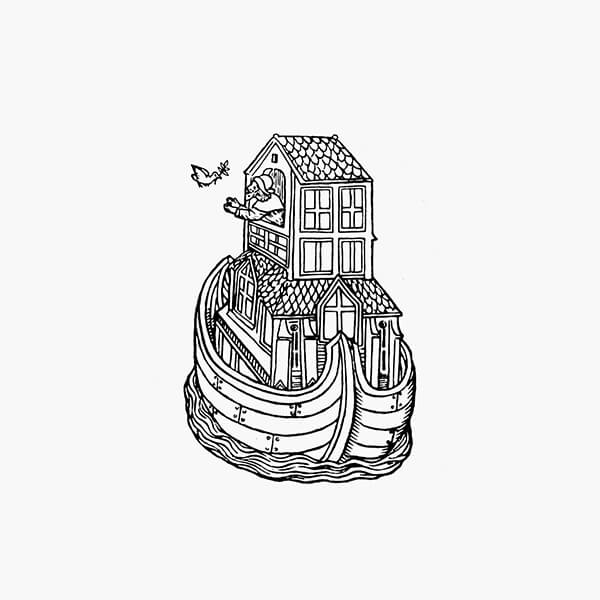

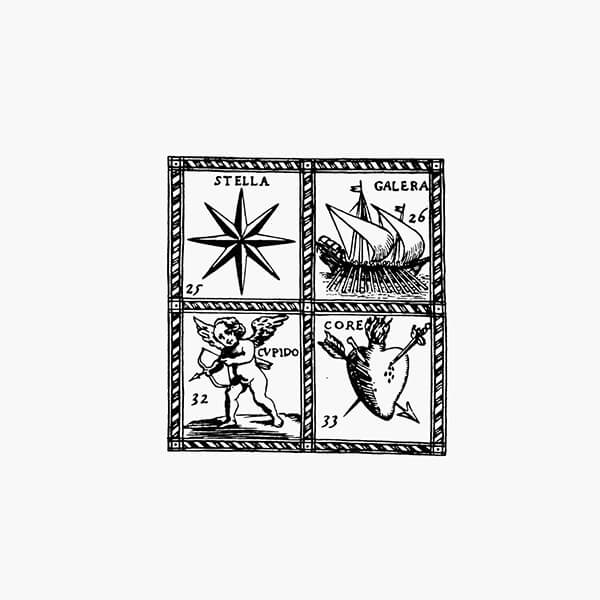













Signs of Man
2112 Hermenegildo Bustos
Texts by Octavio Paz, Luis González y González
1995 / 144 PAGES
A very unique 19th-century minor master who spent his life portraying the inhabitants of a small Mexican village, Purisima del Rincòn, in the affectionate and poetic commemoration by Octavio Paz.
Hermenegildo Bustos was born, lived and died in the Mexican village of Purisima del Rincòn, a remote place only invaded in passing by the ruinous incursions of history. Throughout his life, he was unaware of being a great painter. By profession, he was a snowman, in other words, a snow seller, an ice cream maker or better a sherbet maker - a welcome job in that heat; and he attached more importance to the excellence of his lemon sherbets than his paintings, on the back of which he declared himself an aficionado: a dilettante. He had not studied, apart from an apprenticeship which he considered a bizarre youthful ordeal, but he was left with a technical skill which combined with an incisive ability for observation made him a pictorial chronicler of ordinary men, whom he portrayed with an insight equal only to his nonchalance.
A great Mexican writer, Ocatvio Paz, tells us about the fame of this very unique master, unaware of magical realism. Providing a comparison to his text is the essay by historian Luis González y González, who managed to recreate the micro-history, or rather "universal history” of a Mexican village close to and similar to Bustos' Purisima.
Bustos non è né l’erede né l’iniziatore di un movimento pittorico: la sua arte comincia con lui e con lui finisce. Non ebbe maestri, né compagni, né discepoli; visse e morì isolato in un villaggio sperduto del Messico centrale, un paese anch’esso isolato, in quegli anni, dalle grandi correnti artistiche. Tuttavia, la pittura di Bustos – nel contempo profondamente tradizionale e intensamente personale – si inserisce nella grande tradizione del ritratto, e all’interno di tale tradizione occupa un posto unico.